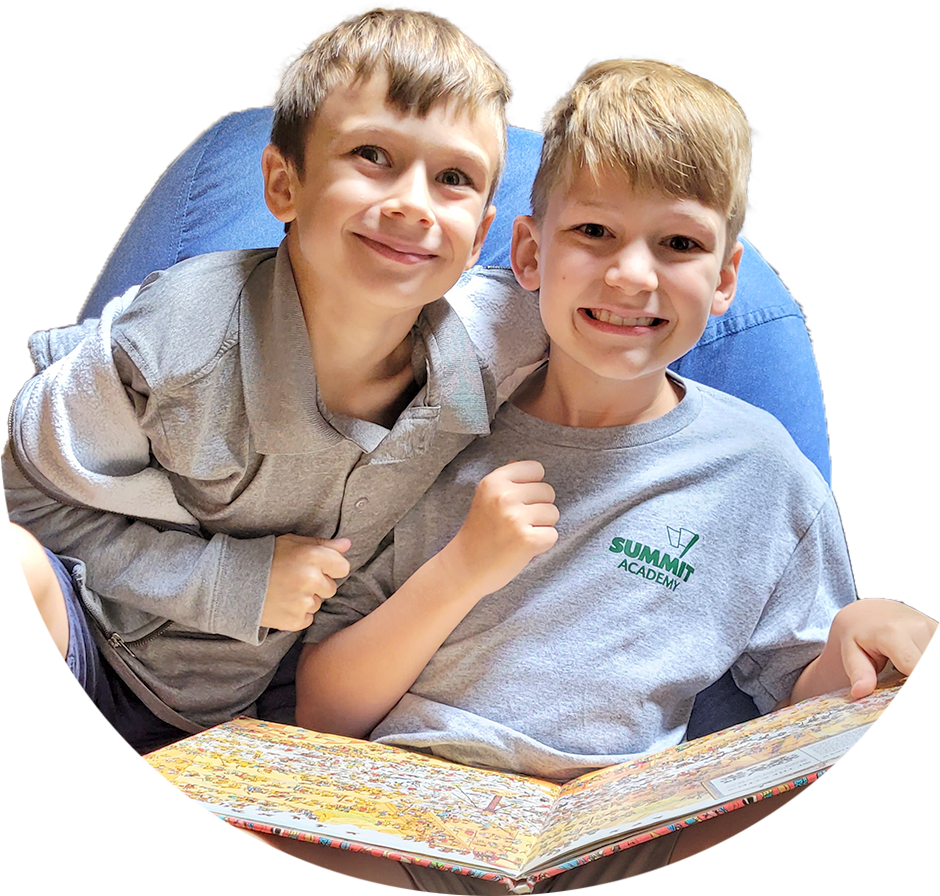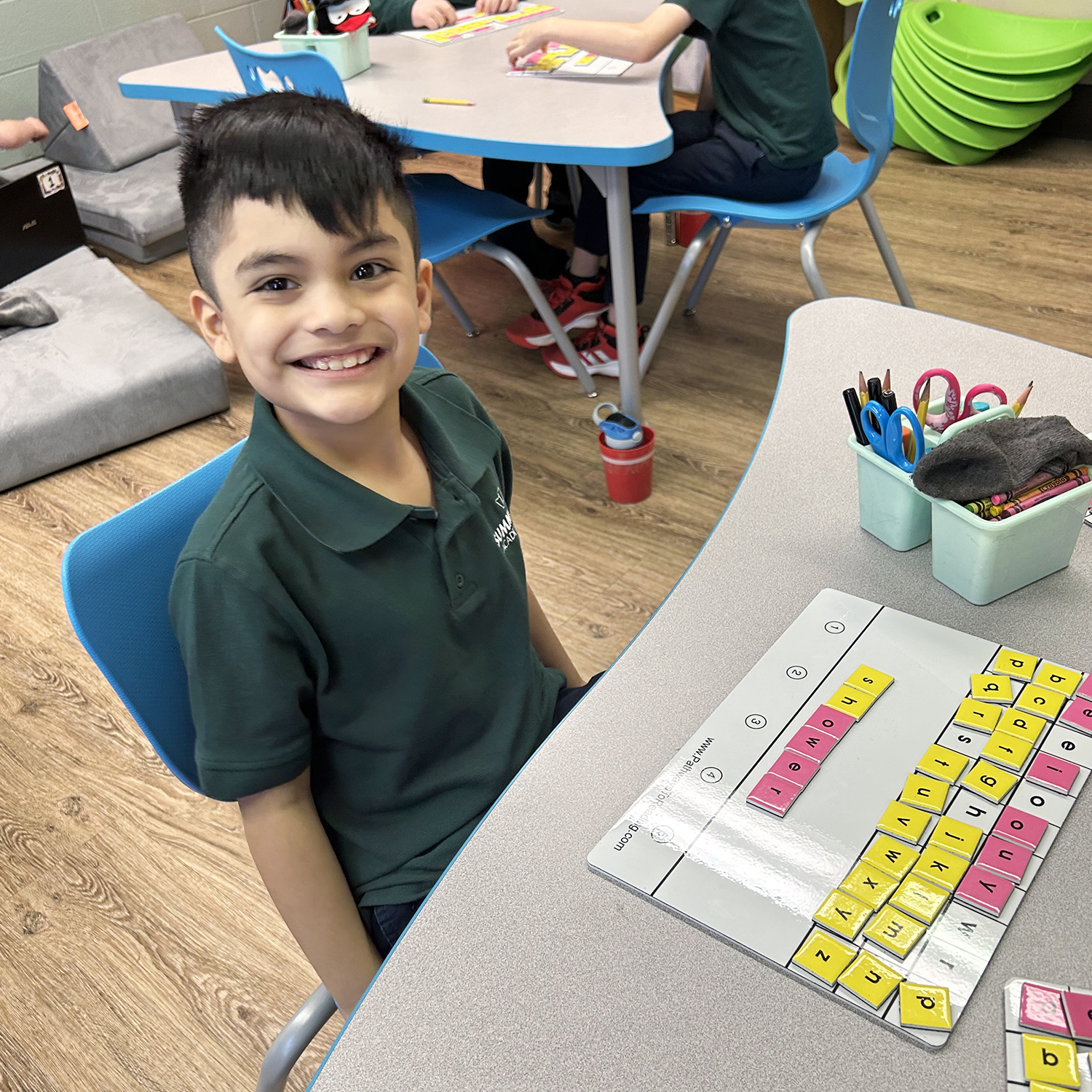Our Approach
At Summit Academy, one of our core values is to provide an environment where students feel safe, accepted, and successful. We know that many of our students come to us feeling discouraged and overwhelmed based on their past school experiences. It is our job, as educators and service providers, to transform the idea of their capabilities. This is accomplished through intentional academic programming as well as helping students develop lifelong skills needed for social and emotional well-being.


Individualized Learning
Our approach to educating students is diagnostic and prescriptive. Through close examination and monitoring of each student’s individual strengths and areas for growth, we develop a plan and prescribe the approach that is best suited to help students achieve academic success in the areas where they struggle, and challenge them in the areas where they excel.
Whole Child Education
Students with learning differences process information differently. This requires a unique approach to educating the whole-child. By using a multi-sensory approach to learning core concepts, students are able to utilize different modalities to not only take-in information but also effectively convey their knowledge. Direct instruction in self-regulation and positive peer interactions allows students to grow in areas where they have struggled many times before.

How We Do It
For math and literacy, students are grouped and taught at their achievement level not grade level. This allows each student to achieve success, regardless of where they are academically in comparison to other students their age. Programs and strategies are specifically chosen for each class in order to maximize the impact of instruction. Students advance through the curriculum as they master skills rather than being held to a timeline based on grade or state mandated assessments.
An average student teacher ratio of 6:1 in core subjects allows teachers to firmly grasp students’ specific areas for growth, and make accommodations as needed. With this focused approach and small class sizes, teachers are able to target individual student’s needs and effectively deliver instruction.
Our day is uniquely structured to be flexible and responsive to the changing needs of each student. Mornings are devoted to academic-level math and literacy groupings, taught at the same time school-wide. This structure allows us to provide more support to students who require more accommodations or provide additional challenge to students who are advancing more quickly through the presented concepts.
In the afternoons, students are in homerooms with their grade-level peers. They receive science and social studies instruction in an inquiry based environment and attend special area classes. Special area classes include physical education, music, technology/computer science, library, and art.
The use of technology is an effective learning tool for many students. In addition to being an integral part of our world, technology helps students access information and communicate ideas more effectively.
Primary level classrooms have access to iPads and computer workstations as a way of reinforcing skills and concepts taught. Intermediate, middle, and high school students work one-to-one with Chromebooks. Summit Academy is a Google for Education School, with a number Google Certified Educators on staff. Students in grades 1 – 9 participate in a designated technology/computer science class as a part of their special area rotation. Students progress from learning basic mouse and keyboarding skills to coding and writing html programs. A course in Computer Science is offered at the high school level to further advance students’ skills and interests.
Progress monitoring is integral in gauging the effectiveness of each student’s academic program. Therefore, academic growth is closely audited. Students with learning differences need an assortment of ways to demonstrate their knowledge.
In order to truly determine growth, teachers use a variety of assessment strategies including, but not limited to, standardized testing, end of unit exams and projects, observation, and skill checklists. We also use computerized Star Assessments to track student progress. Information that is gathered from these assessments is utilized in identifying areas for intervention, determining student placement, and recognizing individual successes.
